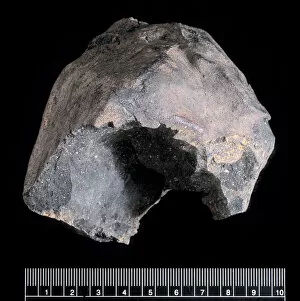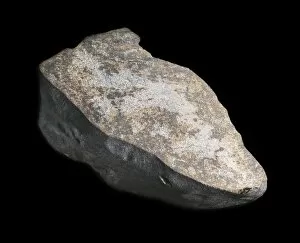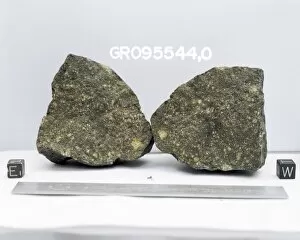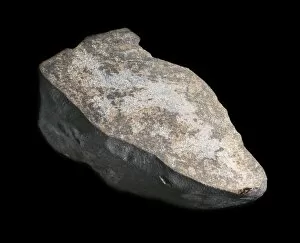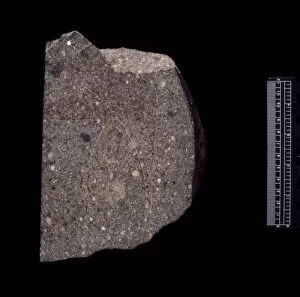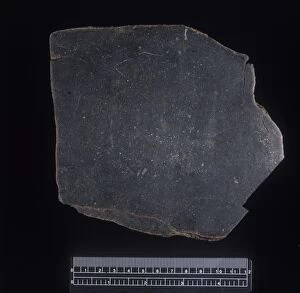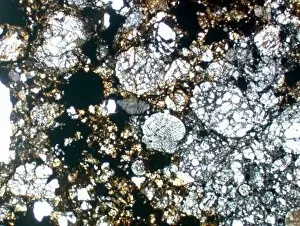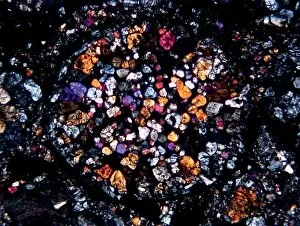Chondrule Collection
Chondrules, the tiny spherical grains found in meteorites, hold secrets about the formation of our solar system
For sale as Licensed Images
Choose your image, Select your licence and Download the media
Chondrules, the tiny spherical grains found in meteorites, hold secrets about the formation of our solar system. The Murchison CM2 carbonaceous chondrite is a treasure trove of these enigmatic structures. This stone meteorite C016/5870 contains an abundance of chondrules that scientists eagerly study to unravel their origin and composition. Another fascinating specimen is the Beardsley chondrite meteorite C016/5677, which showcases distinct chondrule formations. Its counterpart, the Chondrite meteorite C013/7777, offers a unique glimpse into the diversity of these ancient cosmic building blocks. The Beardsley H5 ordinary chondrite provides further insight into this intriguing phenomenon. With its characteristic fusion crust and embedded chondrules, it captivates researchers seeking to understand how such intricate structures formed within asteroids billions of years ago. Notable among enstatite chondrites is the Abee EH4 variety. These rare specimens offer valuable information about early planetary processes and have been instrumental in deciphering Earth's geological history. The Vigarano CV3 chondrite presents yet another facet of this captivating subject. Renowned for its rich assortment of minerals and well-preserved matrix surrounding numerous pristine chondrules, it continues to astound scientists with each examination. Meanwhile, the Parnallee LL3. 6 ordinary chondrite holds clues about volatile elements present during planetesimal formation while shedding light on thermal metamorphism within asteroidal bodies. Intriguingly named Brownfield (1973) H3. 7 ordinary chondrite adds to our understanding by showcasing distinctive features like shock veins traversing through various-sized rounded particles known as porphyritic olivine-rich fragments. Microscope images provide invaluable insights into these remarkable objects' microscopic details—revealing intricate textures and mineral compositions that help piece together their complex histories.

